When I started posting about my macro tracking journey a while back, the questions started coming. Then after answering a few questions and posting in detail about my macro lifestyle (yes, I said “lifestyle,” NOT “diet”), the questions actually started?pouring?in! Among all of the requests, the most common was for a visual example of exactly what a day in the macros life looks like. HOW do I (and you) actually translate the principles of this way of eating into what to eat?
I was asked to do a news segment on the topic for a local station and figured what better way to teach than to show EXACTLY what my foods look like. Since I Facebook LIVEd the segment, you all can watch it too. Yay?love technology! Click HERE if you want to watch. It?s long (but super cute because Cash came along to help out!), so if you don?t want to watch, and you want the full breakdown of what and how-to, just keep reading?
So, we’ve already covered the basics of the macros way of eating in my previous post.? But just to quickly recap before we get to the “meat and potatoes” of the post (pun intended), let’s talk about what a Macro Diet is.?Well, it?s not really a DIET, per se, but it?s the best?way to fine tune?a diet for your own wants and needs. I STILL carb cycle, and Chris STILL carb cycles, but we’ve actually taken carb cycling to?another level by tracking our daily macronutrient intake while carb cycling.
The plain and simple of it is that it is?NOT “clean eating,” but it’s not “unclean eating” either. Clean eating diets require you ONLY eat foods on the “healthy” list and deprivation is the name of the game. This is hard for most?people to follow, myself included.?The idea behind a macro-based plan, however, is that no foods are off limits, but instead we track our proteins, carbs, and fats for each day until we reach our?goal macronutrient numbers. So if I want a donut, I eat a donut. But I am aware (thanks to MyFitnessPal) of the exact macronutrient breakdown of that donut (high fat and carb content) and plan accordingly for the rest of my day.
This begs the question, “Is this easier or harder than clean eating?” While the food part is easier (because c’mon…allowing yourself pizza every now and then is MUCH easier than saying you can never eat it again), the actual calculating part is harder and much more tedious. I happen to love math, and I love treats…so this is a (marshmallow) dream (bar) come true for me. If you aren’t too keen on math?like Chris (ha!)?we can help you out. Download our free Macro Counting 101 Ebook now. Our simple guide will give you the basics of macro tracking and will help you figure out the appropriate macros for you and your goals.
Alright, so on to my sample day. This particular day’s goal for me is 120g protein, 250g carbohydrate, and 50g fat. While this happens to be my lower carb day, it actually has wonderfully balanced macros for the average person (about 50% carb, 25% protein, 25% fat). I’m not saying this is right for you, just giving an example. I’ll share info at the bottom of this post on how you can calculate your own macronutrient needs, but here’s a little breakdown of exactly what one of my recent days looked like.
Meal 1 (every single day for me, no joke) consists of a protein shake (1 scoop) and a Marshmallow Dream Bar. Starbucks should send me free MDBs for life with all the promo I give them. 😉 Ha!
This meal contains 25g protein, 49g carb, 5g fat. Soooo, let’s do some math here and subtract those macros from my macros that I started with?remember, they were 120g P, 250g C, and 50g F. After meal 1, I have 95g P, 201g C, and 45g F left in my macro bank. You follow how I am doing that? Easy!
Okay, now on to meal 2. A few hours later I am eating 5.3 ounces nonfat plain Greek yogurt, 1 cup of strawberries, topped with 1/4 cup of THE best low-fat granola by KIND (Banana Nut Clusters).
This meal has 18g P, 37g C, and 2g F. Back to math class here…subtracting these numbers from my macro bank means I now have 77g P, 164g C, and 43g F left over for the rest of the day.
Next up, one of my favorite convenience meals?1 cup of brown rice pasta with 3 ounces extra-lean ground turkey, 1/4 cup marinara, and 1 1/2 cups of steamed broccoli to keep me full. This meal is SO easy to make if you have the brown rice pasta and ground turkey meal prepped in advance like we like to do.
My pasta perfection has 26g P, 52g C, and 3g F. Macro bank, after subtracting these numbers, is now at 51g P, 112g C, and 40g F.
Early afternoon, I will eat some more meat and veggies?this time with rice?to keep my hunger minimized and my blood sugar levels stable. This meal is 3 1/2 ounces grilled chicken, 1/2 cup jasmine rice, 1 ounce teriyaki sauce, and some mixed veggies.
This meal has 25g P, 34g C, and 3g F.?After mowing this down in 3 seconds flat (okay, I’m not that fast), I have 26g P, 78g C, and 37g F left for the day.
Now you will notice I have been going super low fat for most of the day. Yes, I am aware of this…and this isn’t THE way to do macro counting, this is MY way of doing it. I do this because I want to bank my fats and a decent amount of carbs for my last meal of the day. I know that by saving these macros for night, I can enjoy a perfectly calculated, on-plan indulgence meal.
And my indulgence meal is….gluten-free, peanut butter-topped Eggo waffles. Yes…I am serious. The kid in me will never go away. I legit lick every. single. spot. off of this plate.
To be exact, this meal consists of 3 gluten-free Eggo waffles, 3 tablespoons all-natural chunky peanut butter, 1/8 cup pure maple syrup, and 1 low fat mozzarella string cheese. Macros for the heaven-on-a-plate are 26g P, 78g C, and 37g F…which is EXACTLY what my macro bank had left!! Bingo, bango, bongo, baby. To summarize, I’ve put it all in one handy dandy printable graphic for you:
Now in full transparency, I rarely finish a day spot on. This happened to work out perfectly, but usually I am 1 gram over or under on each of the macros. Give it a try and be patient with yourself. I remember at the beginning I would literally be OVER my carb allowance by noon because I still hadn’t figured out the balance and proper way to divvy up my macros. Over time, I feel like I’ve become a macro queen, and you can too!
Now about that macro calculating and tracking for those of you who would like to get nerdy with me and start calculating macros…and eating peanut butter waffles at night. ;)?The Transform App?2.0 finally has macro tracking capabilities! ?So now you can track the foods that YOU eat.
And to help you calculate the appropriate macros for you, we?ve created our Macro Counting 101 ebook?available for FREE download now. ?Pick it up while you can because this baby won?t be free for long! ;-)? Click here to download!
Now that I’ve made us all hungry, let’s end this blog now and go eat some delicious, nutritious, and possibly-indulgent macros.
Hugs and (chocolate) kisses,
Heidi
Related reading:
Macro Tracking for the Win! All of Your Questions Answered
Carb Cycling 101
Heidi-Approved (& Macro-Friendly) Fast Food Picks
It Really Is All About the Promise
And click HERE for the GMAZ Facebook Live Segment in case you missed it above. 😉

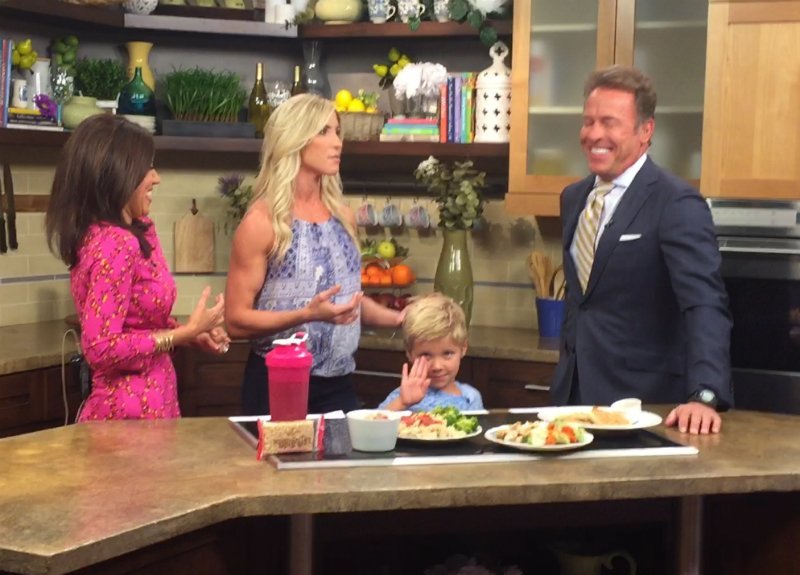


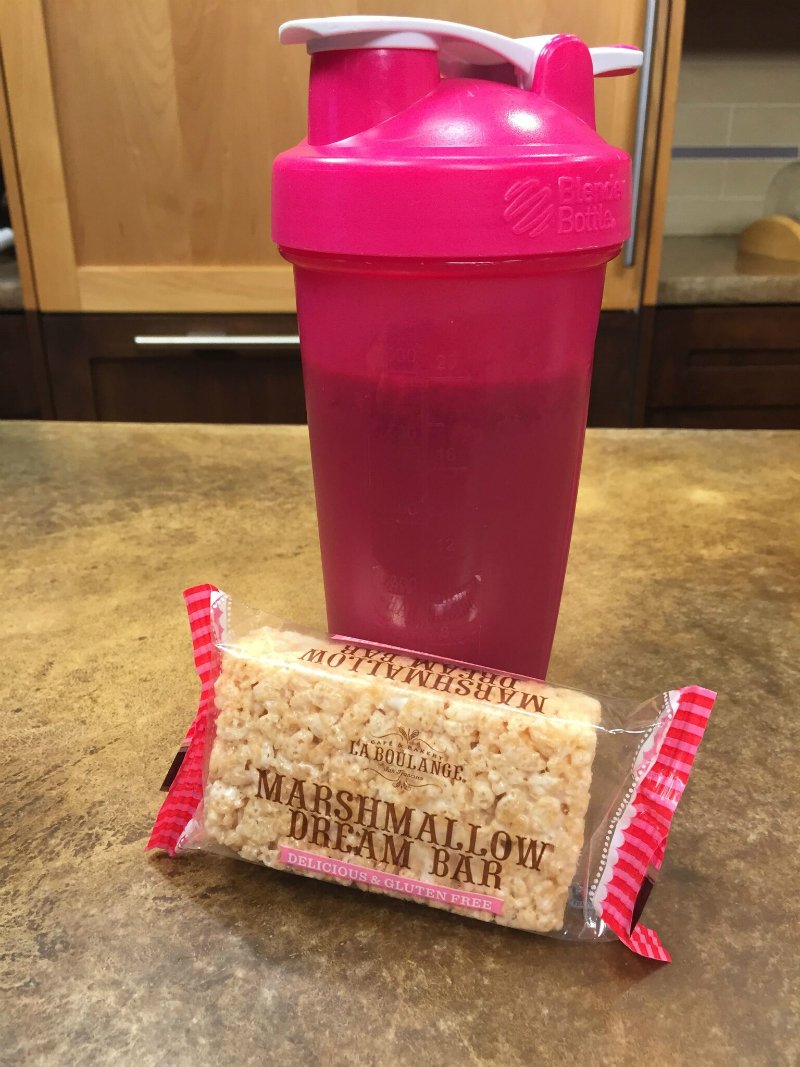
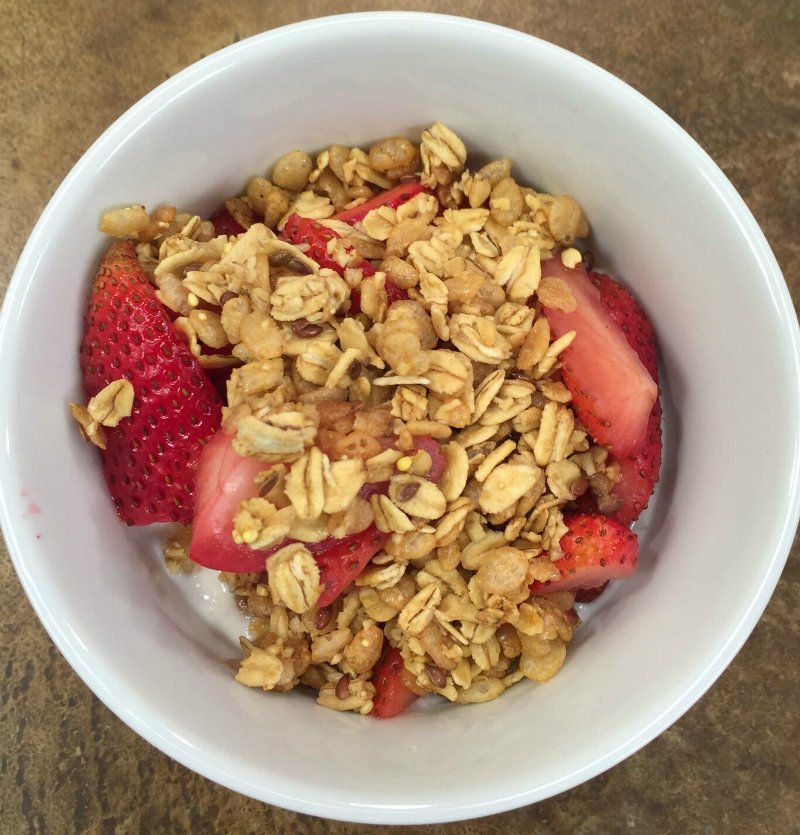
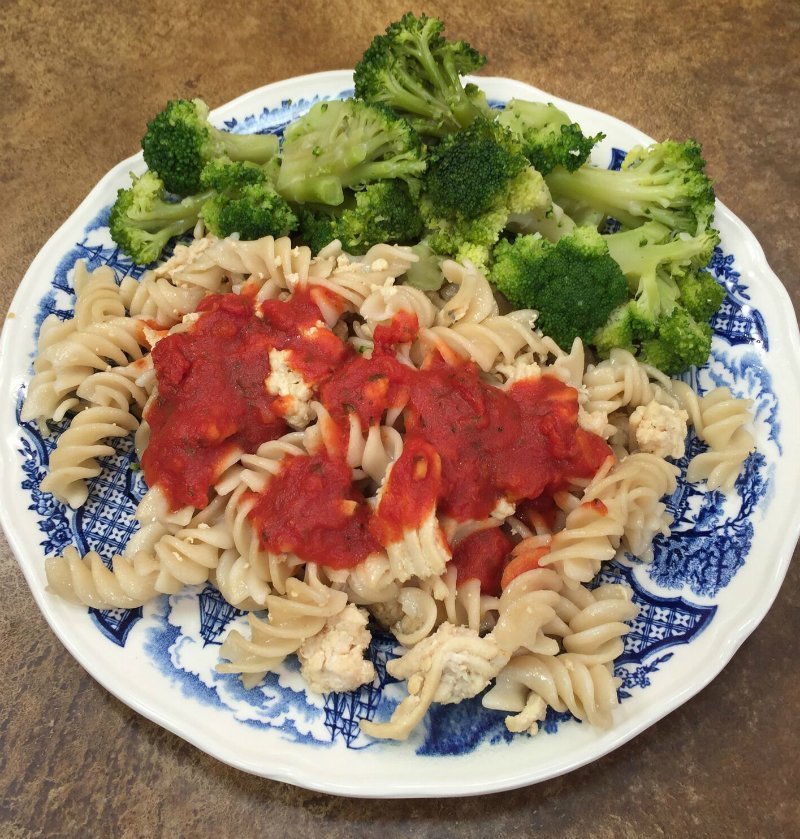
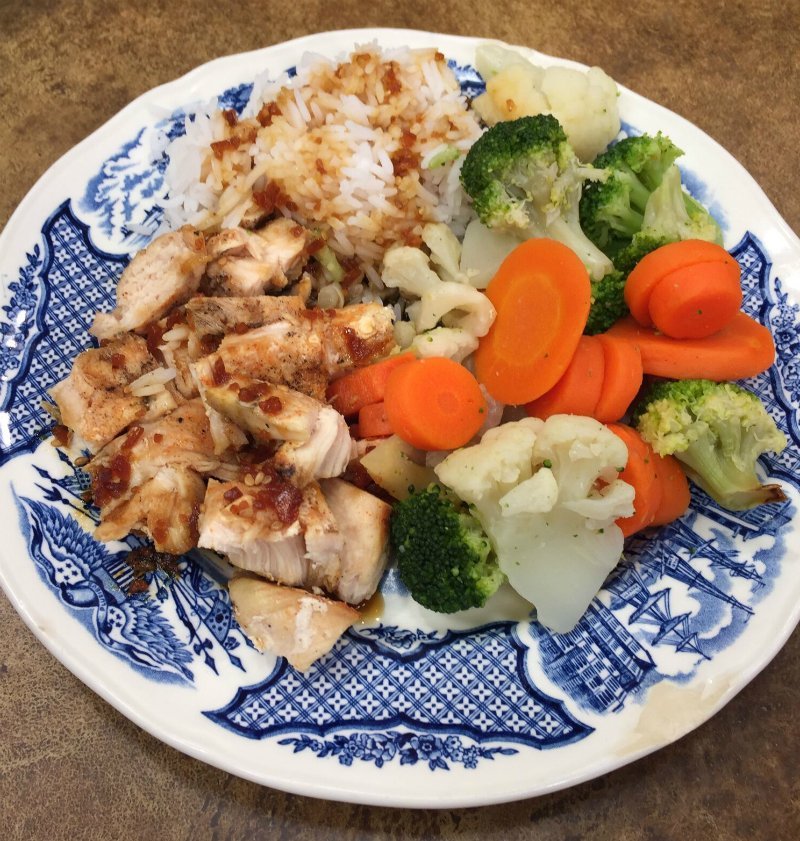
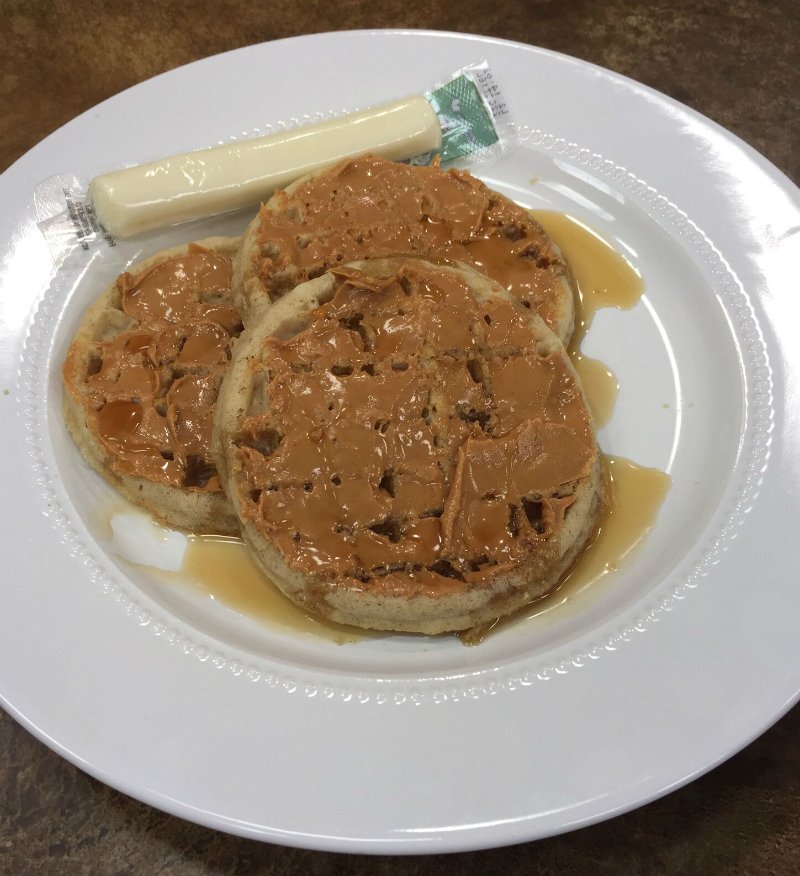
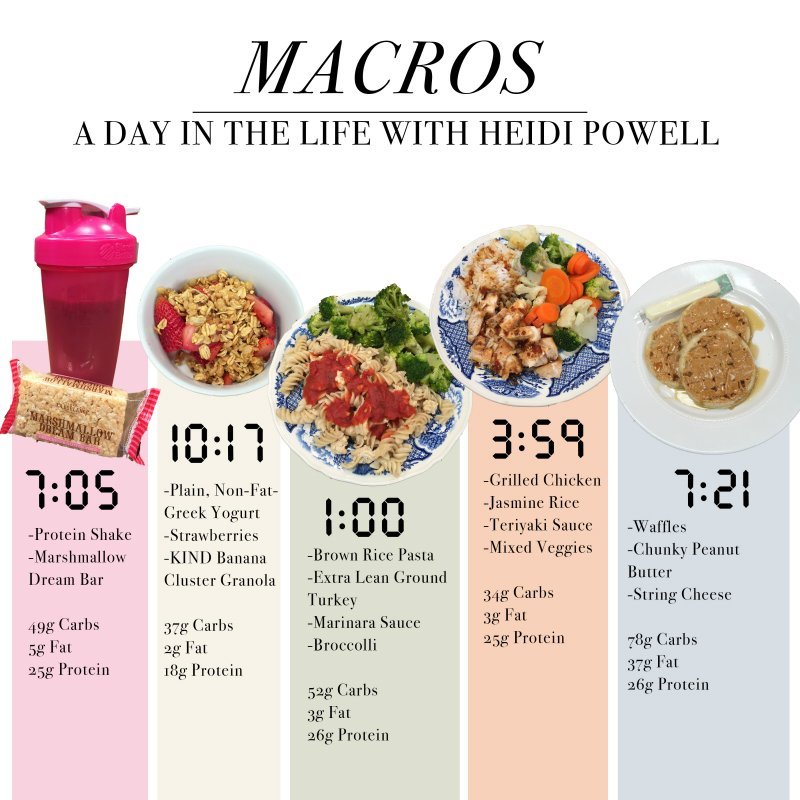





215 Responses
What does Heidi mix her protein with? Just water or almond milk or something else?
Either water or unsweetened almond milk. 🙂
Thanks for the info but I.m still having a hard time following how to know how to count macros and carb cycle. I’ve counted macros in the past and does work and even use the iifym calculator like Heidi suggest. However how do you switch up between high and low carb days. I’m currently doing the extreme carb cycling and getting very frustrated because I am always hungry, especially on days I work out. My workouts consist of doing crossfit 4 times a week. I’ve actually gained weight since starting the extreme carb cycling. The macros calculator that Heidi suggests doing actually puts my Marcos much higher than what they have in the book. What is the best way to incorporate counting macros and carb cycling?
Hi Heather: The macro recommendations in the book are general ones, which have been proven to work for many people, and each person’s “ideal” macros can be different based on body composition and workout routine. If you’d like to follow your own carb cycling macros, it’s best to work with a macro coach if possible. If a coach is not possible, here are the recommended macro percentages for the Extreme Cycle, and these can be applied to any daily calorie goal: Breakfast (EVERY day): Protein: 30%, Carb: 40%, Fat: 30%, High Carb Meal: Protein: 40%, Carb: 50%, Fat: 10%, Low Carb Meal: Protein: 40%, Carb: 10%, Fat: 50%. Hope this helps!
Hello,
I’ve been following Chris and Heidi’s carb cycling plan for about 7 months and now I’m ready to add the macro component to give myself the extra fine tuning I need. I’m just slightly confused. I know in carb cycling I should aim for 1500 on HC days and 1200 on LC carb days. The macro calculator says I should get 1722 calories a day, but how do I adjust that for a low carb day? Or do I stick with the 1500/1200? Essentially I’d like to lose more fat but continue building muscle, as I’m a power lifter. I want to make sure my body is getting what it needs to meet my goals but I’m having a hard time finding specific information on any websites. I know a macro coach is the best way to go but at this point it’s not in the cards, so any information would be helpful! Thank you!! ?
Hi Faith: Chris and Heidi have figured out all your macros for you in their programs, so if you’d like to formulate your own carb cycle macro numbers, unfortunately, a coach is the best way to go since your correct macros depend a lot on your own body composition, goals, and work out intensity. Here are some percentages that might help, and you can apply them to any daily calorie goals: Easy, Classic, Fit, and Turbo Cycles: High Carb Meal (including EVERY breakfast): Protein: 40%, Carbs: 40%, Fats: 20%, Low Carb Meal: Protein: 40%, Carbs: 20%, Fats: 40%. And here’s another post that might help too: https://heidipowell.net/10540/ask-the-powells-gaining-healthy-weight/. I hope this helps, and we wish you the best as you work to achieve your goals!
Hi!
I am starting macro tracking tomorrow morning and I am so excited! have been thin my whole life, but not always healthy and fit. I had my first baby a year and half ago and of course it changed my body, but I still struggle to keep weight on. I have committed to working out at least five days a week. I have already seen myself put on muscle and tone a lot but I want to continue getting in shape and putting on a little weight then keeping it on. Is there anything special I should be doing?
Hi Alex: It sounds like you’re doing great! Tweak your macros as you need to, and you should be good to go.
Do you think that carb cycling is a method of dieting that one can stick with for a long period of time?
Yes!!!
I just entered my info and it is showing 32% carbs; 43% Protein and 25% fat. Does these seem correct?
Hi Cherry: The recommended macro percentages can be different for each person based on body composition, workout frequency/intensity, and goals, so if this is what the calculator is suggesting, I’d give them a try!
I workout 45-60 minutes a day 6 days a week, I weight lift and do HIIT. I am having a hard time deciding if I am light activity or moderate activity to calculate my macros.
Hi Jamie: In the Healthy Eater macro calculator link (the first link in the post), there are some descriptions lower on the calculator page that can help you figure out your intensity. 🙂
Thank you for posting the percentages! I had a quick question and I have heard different opinions. Do you count/weigh all vegetables? And Do you count dietary fiber?
Hi Jess: It is best to count/keep track of everything you put into your mouth if at all possible.
Do you do any sort of intermittent fasting?
Hi Matthew: As far as I know, intermittent fasting isn’t included in their plan.
Why do you not count for the sugar content in your meals and snacks? Do you not worry about sugars and for those of us that do, what would a good daily sugar count be?
Hi Tosha: Sugars are carbs, so any sugar numbers are included in the carbs number. There are many things you can track, but we try and keep things as easy as possible. Instead of aiming for a daily sugar number which can include natural sugars like those found in fruits, try and choose foods with as little added sugar as possible, and you’ll be good to go!